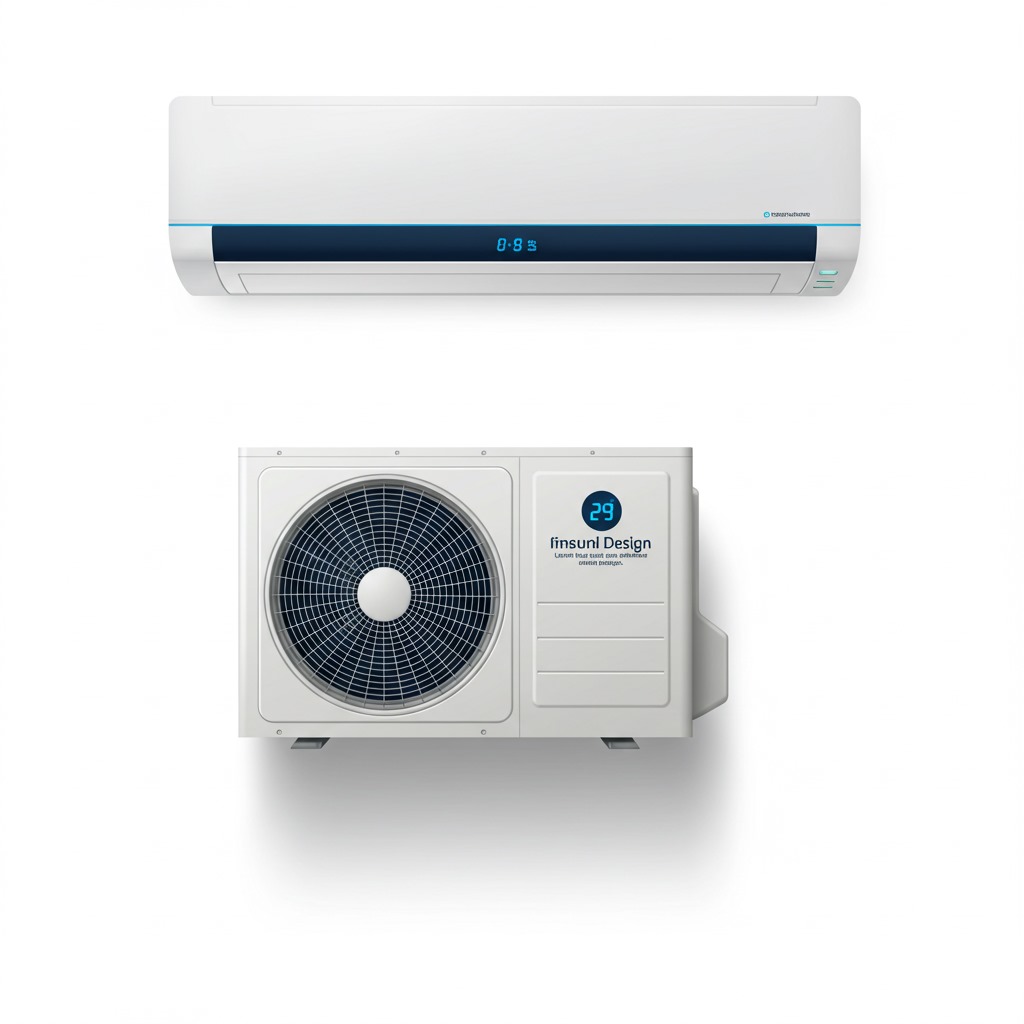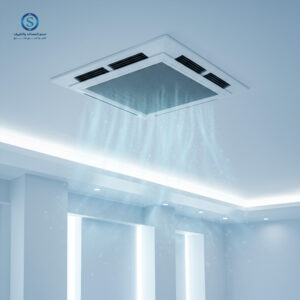Description
A split-system air conditioner is a modern air conditioning system that consists of two separate units: one placed inside the home and the other outside. This design is the most common in homes and offices worldwide, thanks to its ability to provide powerful cooling with a very low noise level.
Components of a Split-System AC
- Indoor Unit: Installed inside the room to be cooled. It contains the evaporator that absorbs heat and humidity from the room’s air, and a fan that distributes the cooled air.
- Outdoor Unit: Installed outside the building. It contains the compressor that pumps the refrigerant gas, and the condenser that expels the absorbed heat to the outside.
How Does It Work?
The system operates through a closed loop for the refrigerant gas. The indoor unit absorbs hot air from the room and passes it over the evaporator coils, where the refrigerant gas absorbs the heat and turns into a gas. This gas is then pumped to the outdoor unit, where the compressor pressurizes it, raising its temperature. The hot gas then passes through the condenser to expel the heat to the outside air with the help of a fan. The gas turns back into a cool liquid and returns to the indoor unit to start the cycle all over again.
Advantages and Disadvantages
Advantages
- Quiet Operation: Because the compressor, which is the most bothersome part, is located in the outdoor unit, the indoor unit operates completely quietly.
- High Efficiency: Modern split systems, especially those with “inverter” technology, consume significantly less energy compared to traditional AC systems.
- Aesthetic Appearance: The indoor unit is mounted on the wall and does not take up much window space, which preserves the look and beauty of the room.
Disadvantages
- Installation Cost: Its installation requires a professional technician, which makes it more expensive than window or portable air conditioners.
- Higher Initial Cost: The initial purchase price for split-system ACs is usually higher than other types.
- Complex Installation: It involves a process of drilling into the wall to connect the refrigerant lines between the two units, which is not a simple process.
In general, split-system ACs are an excellent choice for anyone looking for effective cooling, quiet operation, and energy efficiency, especially for homes or offices that do not require a comprehensive central air conditioning system.





